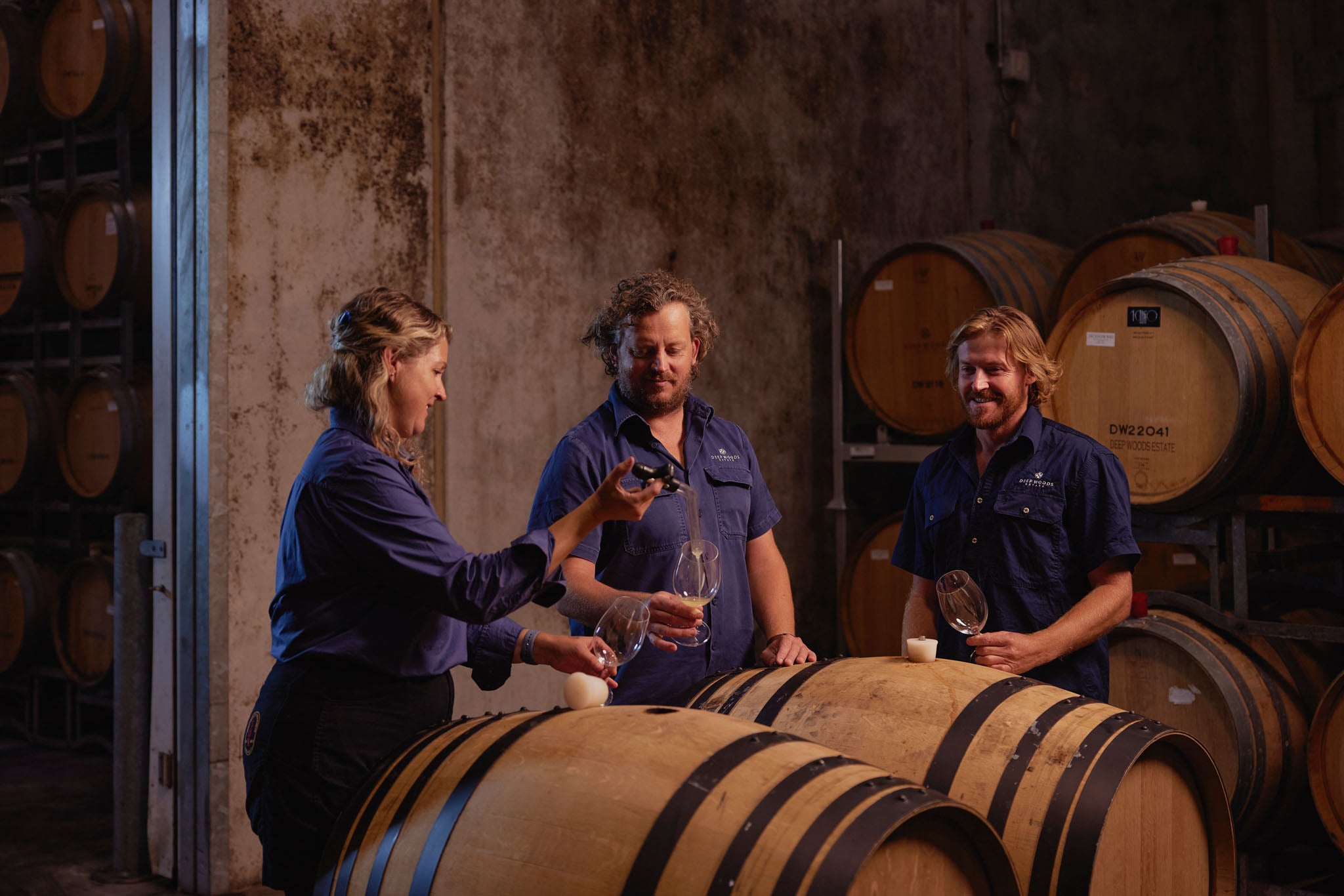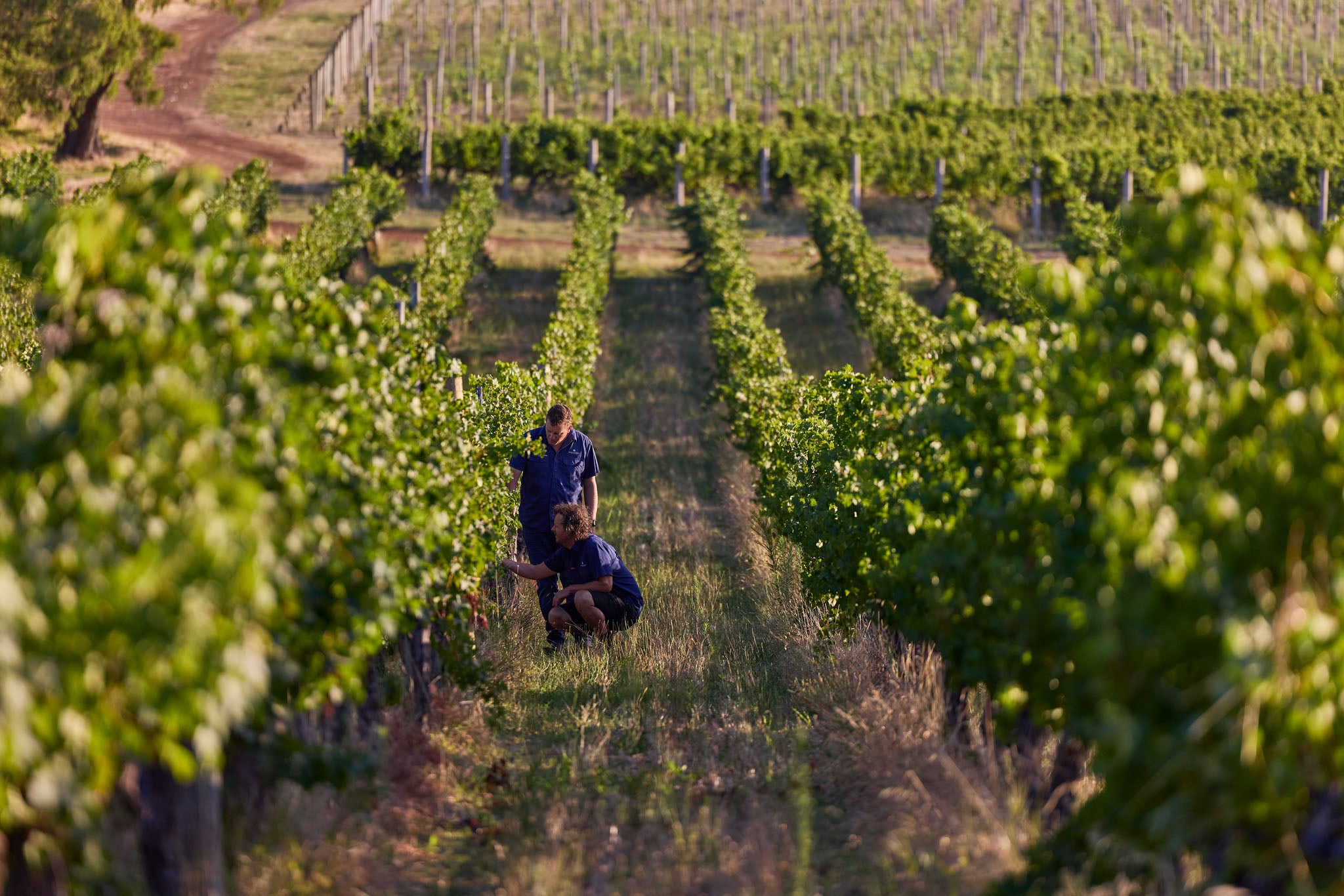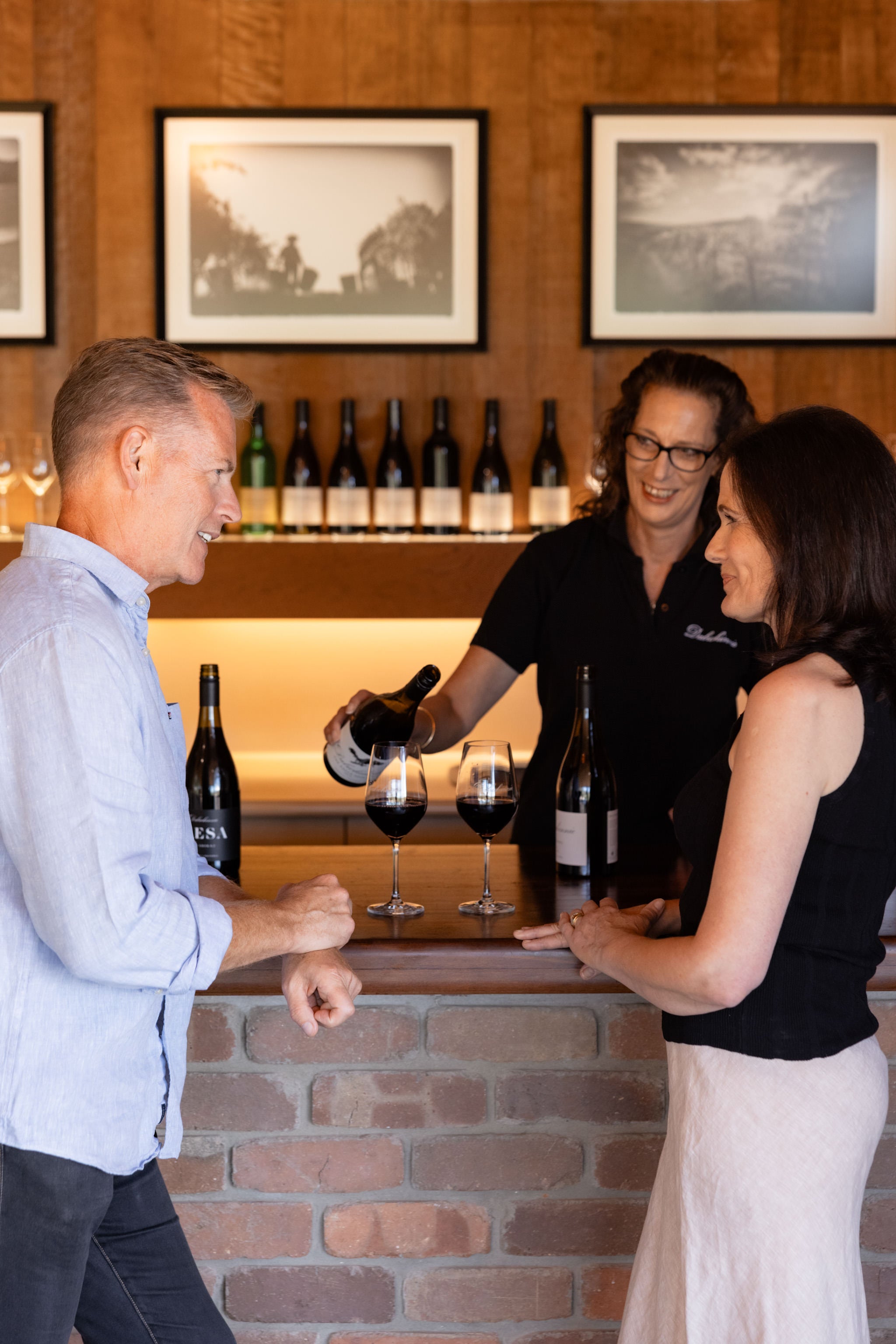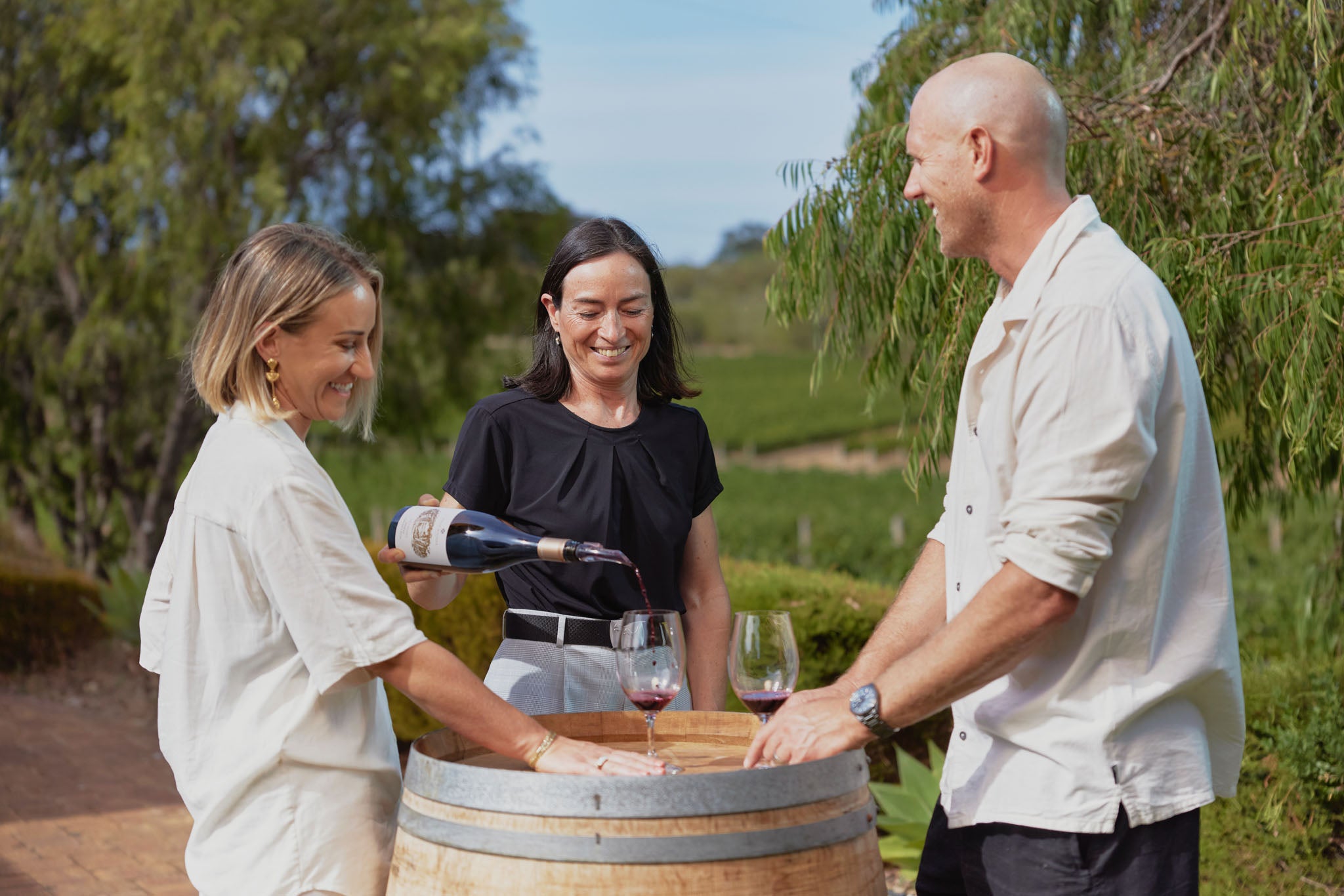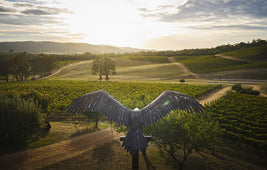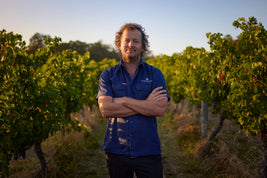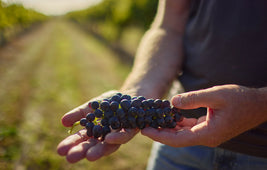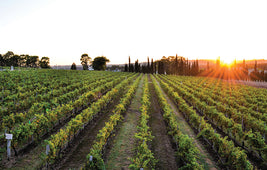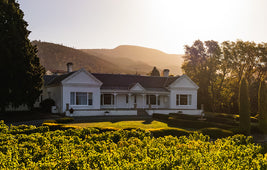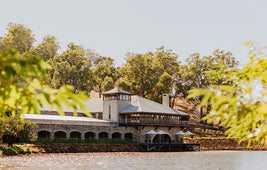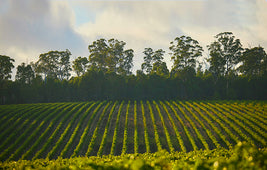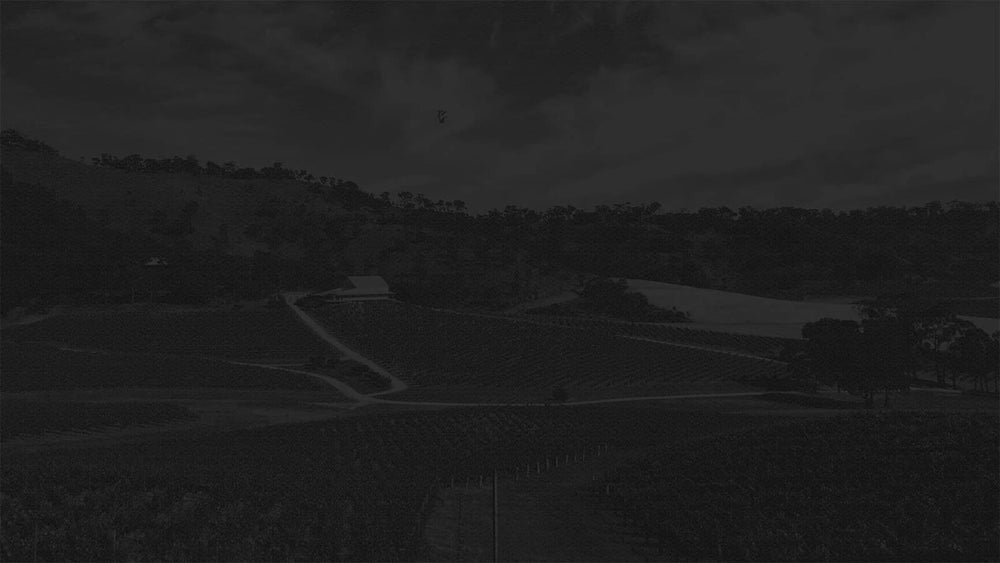Celebrate Chardonnay Day: Everything You Need to Know About Australia's Favorite White Wine

Get ready to raise a glass because one of our favourite days of the year is almost here – Chardonnay Day! Mark your calendars for Thursday, May 22nd.
Dive into our blog, Chardonnay in hand, and discover everything about Australia's most popular white wine variety.
Where Does Chardonnay Come From?
Chardonnay, the beloved white wine grape, is believed to have originated from a small town in the Mâcon region of Burgundy, France called ‘Chardonnay’. Historical records trace its production back to the 1500s.
Chardonnay in Australia
Today, Chardonnay is the fifth most planted wine variety globally. Australia ranks as the third-largest producer, boasting around 10% of the world’s Chardonnay plantings, with over 22,000 hectares of vines.
Chardonnay's journey in Australia began in the 1830s but it didn’t gain popularity until the 1970s with the advent of the bold, buttery style. The 1990s saw the ‘ABC’ (Anything But Chardonnay) movement, leading winemakers to craft more crisp, fruit-forward Chardonnays. Now, it is Australia’s most planted white variety, contributing to over half of the country's white wine production.
Common Chardonnay Wine Styles
Chardonnay is incredibly adaptable, thriving in both cool and warm climates across Australia and the globe. Its versatility extends to winemaking techniques, such as oak aging, lees aging, and malolactic fermentation.
- Cool Climate Chardonnay: Subtle, high acidity, and a lighter body.
- Warm Climate Chardonnay: Bold, rich, with ripe fruit and a full body.
The Winemaking Influence on Chardonnay
Chardonnay can endure various winemaking techniques typically used for red wines, adding depth and complexity.
- Oak Aging: Fermentation and maturation in oak barrels (225L) or puncheons (500L) add texture and nutty, toasty aromas. Larger puncheons have a subtler impact.
- Stainless-Steel Vessels: These produce a fresh, fruit-driven Chardonnay.
- Malolactic Fermentation: Converts tart malic acid to creamy lactic acid, creating a rounder mouthfeel with buttery aromas.
- Lees Aging: Aging on lees (residual yeast) enhances texture and body, with long-term aging imparting brioche notes.
Chardonnay Basics
Primary Aromas and Flavours
-
Cool-Climate Chardonnay:
- Lemon
- Grapefruit
- Nectarine
- Minerality
-
Warm-Climate Chardonnay:
- Peach
- Nectarine
- Melon
- Ripe citrus
Serving Temperature
Serve Chardonnay at 10-13˚C. Too cold, and the wine’s aromas and flavours are muted; too warm, and it loses freshness and vibrancy.
Food Pairings
- Fresh, Un-oaked Chardonnay: Pairs beautifully with seafood like salt and pepper squid or butterflied BBQ king prawns with garlic aioli.
- Rich, Oaked Chardonnay: Complements richer foods such as risotto, roast chicken, chicken and leek pie, or creamy pasta.
Chardonnay from Around Australia
Explore the diverse expressions of Chardonnay from regions across Australia. From Margaret River and Geographe in Western Australia to the Pyrenees in Victoria and Tasmania in the south, discover a range of our award-winning Chardonnays below.
Shop all Chardonnay here.



